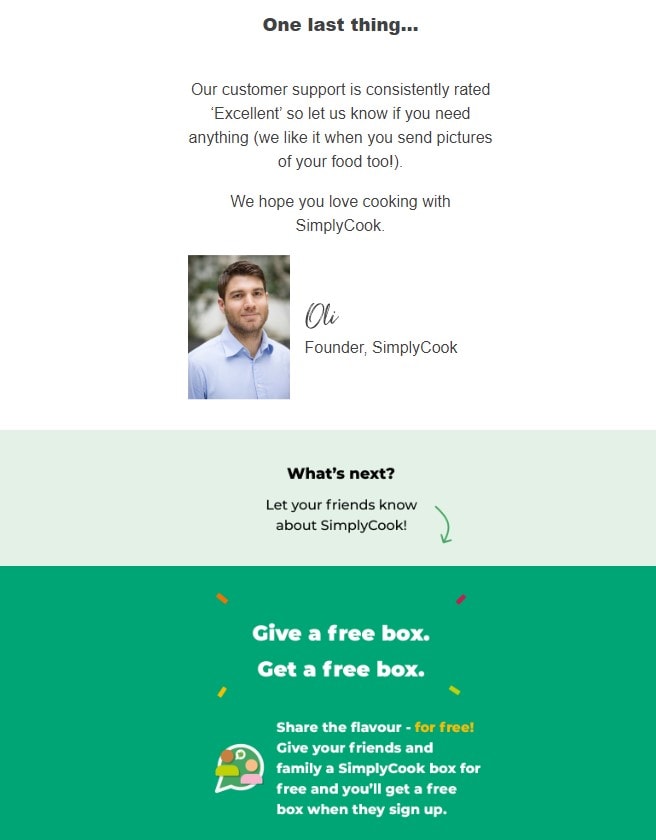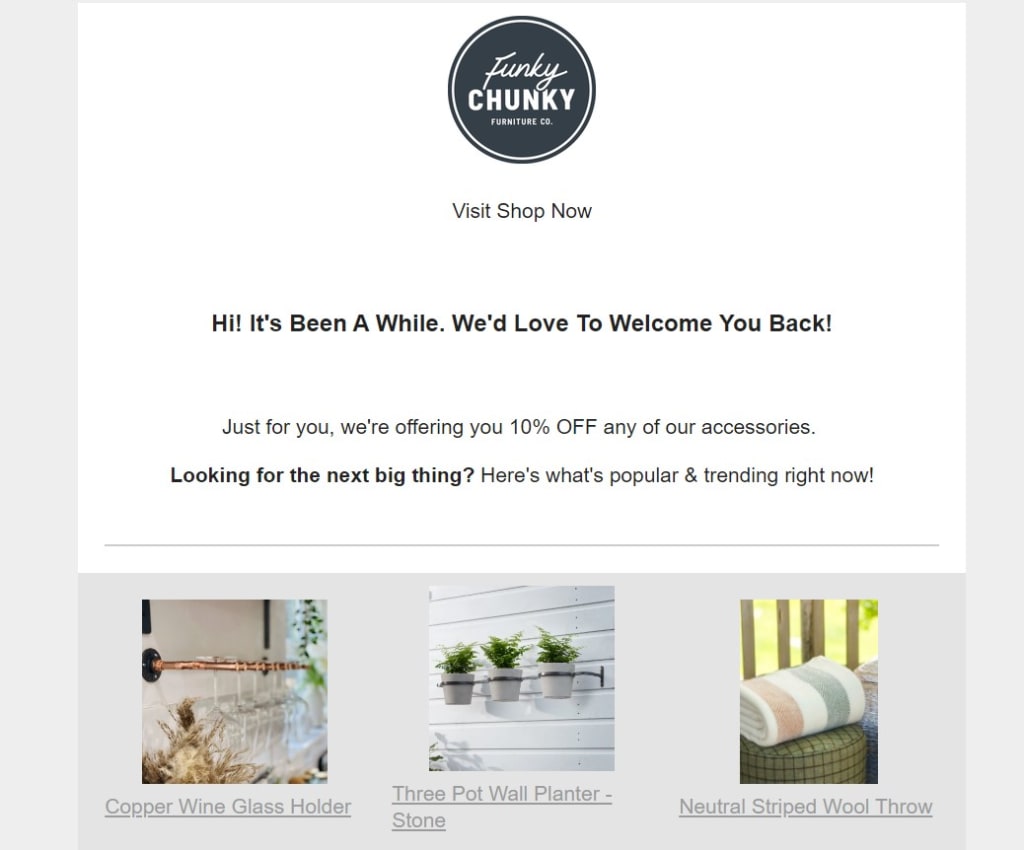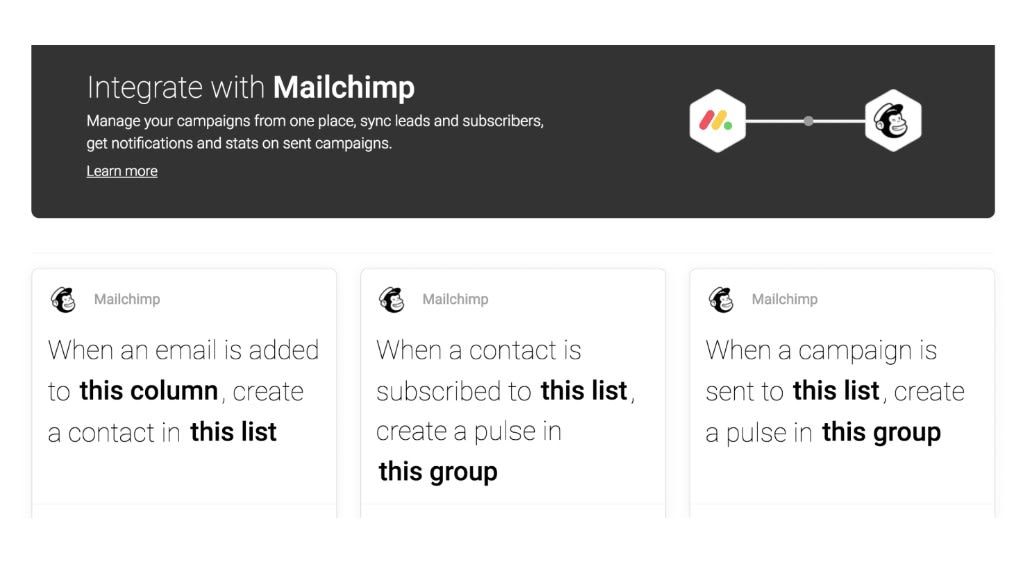Keeping your brand top of mind with your target audience is half the battle in making sales. Whether you’re selling to existing customers or brand-new leads, you’ll want a marketing strategy that continuously positions your products and services as the best solution for their needs.
This guide introduces email drip marketing as a technique to engage your audience and keep them moving through your sales funnel. We’ll explore the benefits of drip campaigns, some stellar examples, and how to automate drip marketing in monday.com.
What is a drip campaign?
A drip campaign is a series of automated emails you send to leads or existing customers. The idea is to drip-feed your marketing message to your target audience over time to nurture their continuing interest in your brand.
Lifecycle emails, automated email campaigns, autoresponders, and marketing automation are all other names for a drip campaign.Your email content is typically based on information you hold about your target recipient. This may be their purchase history, items placed in a shopping cart, or personal details like using their name in the subject line. You might do this over 2 to 5 emails as part of your drip campaign, but your approach is entirely customizable depending on your marketing goals.
What are the advantages of using drip campaigns?
Drip marketing emails provide the following benefits:
Converts leads into customers
Make the most of your lead contact data by reaching out through an automated email sequence to turn interest into sales. Email open rates for drip campaigns are 80% higher than single-send messages, and average click-through rates are 3x higher, making drip campaigns highly effective at generating conversions.
Reengages a dormant audience
A well-timed “we miss you” campaign can encourage existing customers to make repeat purchases. Sending an email X days since their last purchase or when your customer’s loyalty points are about to expire can be a great way to get buyers back in the door.
Uses spaced repetition psychology
Spaced repetition is a psychological theory that content repetitions spaced over time produce stronger memories than repetitions closer together.
The human brain needs time and multiple interactions with the content to absorb the information fully. This is how drip campaigns work in sales and marketing to reinforce your product message and keep it in customers’ minds on an ongoing basis.
Examples of drip campaigns
Let’s take a look at some common drip campaign types in action:
Welcome emails
Greet a lead when they sign up for your newsletter, account, or free trial. Take this example of a drip campaign that begins with every new online registration to confectionery retailer Hotel Chocolat. The content provides useful links such as an address book and a call-to-action button to “Start Shopping.”

Date-based campaigns
Reach out to leads and existing customers before anniversaries, birthdays, or renewal dates. In this example, the digital gift card platform, Moonpig, sends out birthday reminders to existing customers along with a 20% discount code.
First purchases
Sending out an automated email to each new customer is a great way to instill confidence in your brand while starting a referral engine that brings in new interest. Subscription cooking business, SimplyCook uses the first purchase milestone to highlight the three main reasons customers love them. They also offer a free subscription box to customers who refer new business.

Abandoned shopping carts
Abandoned shopping cart rates are as high as 69.99% in eCommerce businesses. Marketers can capitalize on this typical buying behavior by sending a cart content reminder. This example from home furnishings retailer Dunelm provides reassurance that basket contents are stored, so the shopper doesn’t need to search for each item again. A clickable link simplifies order completion.

Welcome back
Entice former customers back with the right message at the right time. This email from Funky Chunky Furniture welcomes the recipient back with open arms, offering a 10% discount to sweeten the deal. It also recommends popular products to give readers a headstart with browsing.

Do drip campaigns work?
Drip marketing is incredibly effective. Automated emails delivered 32% of all email marketing orders in the first half of 2021. Omnisend’s analysis of 10 billion emails reveals that the highest converting drip messages were:
- Welcome messages (52.9%)
- Abandoned cart (39.7%)
- Post-purchase product recommendations (20%)
- Lapsed purchase (19.8%)
- Birthdays (11%)
How to set up drip campaigns
Follow these six steps to build and measure an effective drip campaign.
1. Select your audience
Drip campaigns are most effective when you know who you’re targeting. Choose your segmented recipients based on their customer profiles and the data you’ve collected. For example, you could market to working moms based in large cities.
2. Choose your trigger
The trigger event is the action that will start your drip campaign. It could be when someone signs up for your newsletter, makes their first purchase, or visits a certain page on your website. In monday.com, automation works by defining “when this happens” “then do this.” There are multiple trigger options to choose from to create a fully tailored drip campaign. For example, when a certain date arrives, send an email to this person.

3. Set your email drip rate
Determine how often you’ll be emailing your campaign content. The right frequency depends on what kind of message you’re sending and your customer relationships.
A word of warning: don’t use drip marketing to over-communicate, or your emails may end up in the spam folder.
4. Write copy for your email sequence
Craft compelling copy for each email in the sequence. Focus on being conversational, clear, and concise. Aim to educate your users and draw them back to your website.
You may also incorporate visuals such as high-quality images, videos, or infographics to spice up your content.
5. Maintain your drip emails
Be sure to review and update your drip campaigns as needed. This could be any time you release new products or services when your target audience changes or after analyzing past drip campaign success.
6. Measure your drip campaign success
It’s important to measure the performance of your email campaigns so you can see what works and make adjustments if needed. Track key metrics in monday Sales CRM, such as open and click-through rates, conversions, and sales revenue generated.
Automate your marketing drip campaign with monday sales CRM
Automation eliminates repetitive tasks from your marketing strategies and is an enormous time-saver when running drip campaigns. Get started with the monday.com email marketing template, which includes:
- Automations: run a seamless campaign based on trigger logic. Set up automated workflows to send out drip campaigns to your target audience.
- Integrations: connect your favorite third-party email marketing platforms, such as Mailchimp, into your sales CRM to automate your campaign. For example, if a lead meets a trigger condition, such as having a specific budget,you can send out a personalized email sequence tailored to their needs. At the end of the sequence, you’ll use the CRM to alert your sales team that your lead is now marketing qualified and potentially ready to close a deal.
- Gantt display: gain a visual overview of your campaigns, so you can easily see what’s working and what needs adjusting.
- Custom audiences: segment your campaign recipients using clear color coding and statuses, which is especially helpful when you have multiple drip campaigns running in tandem. Send timely, personalized content to each segment on a schedule that suits you.
FAQs
1. What is an email drip campaign?
A drip campaign is a series of pre-written emails sent to leads or customers over a set period. Marketers tailor these messages to the recipient to cultivate a relationship and nurture them down your sales funnel.
2. How many emails should be in a drip campaign?
The number of emails in a drip campaign varies depending on your goals. Generally, marketers send 2 to 5 messages as part of a series.
3. How do you create a drip campaign?
Start by choosing your audience and triggers, such as a person signing up for your newsletter or making their first purchase. Set the email rate, write copy for the emails and measure your campaign success. Automating this process with software like monday.com makes it easier to manage campaigns at scale.
Increase sales by launching drip campaigns with monday.com
Drip campaigns consistently position your brand front and center, so it’s a no-brainer for your target audience to consider your products and services during their buying journey. But you’ll need a place to plan out and execute a winning crm strategy.
monday.com Work OS and sales CRM offers essential components for your drip marketing campaign: automation, email marketing templates, and integrations with your preferred third-party email platforms. Get started with a free trial today.


